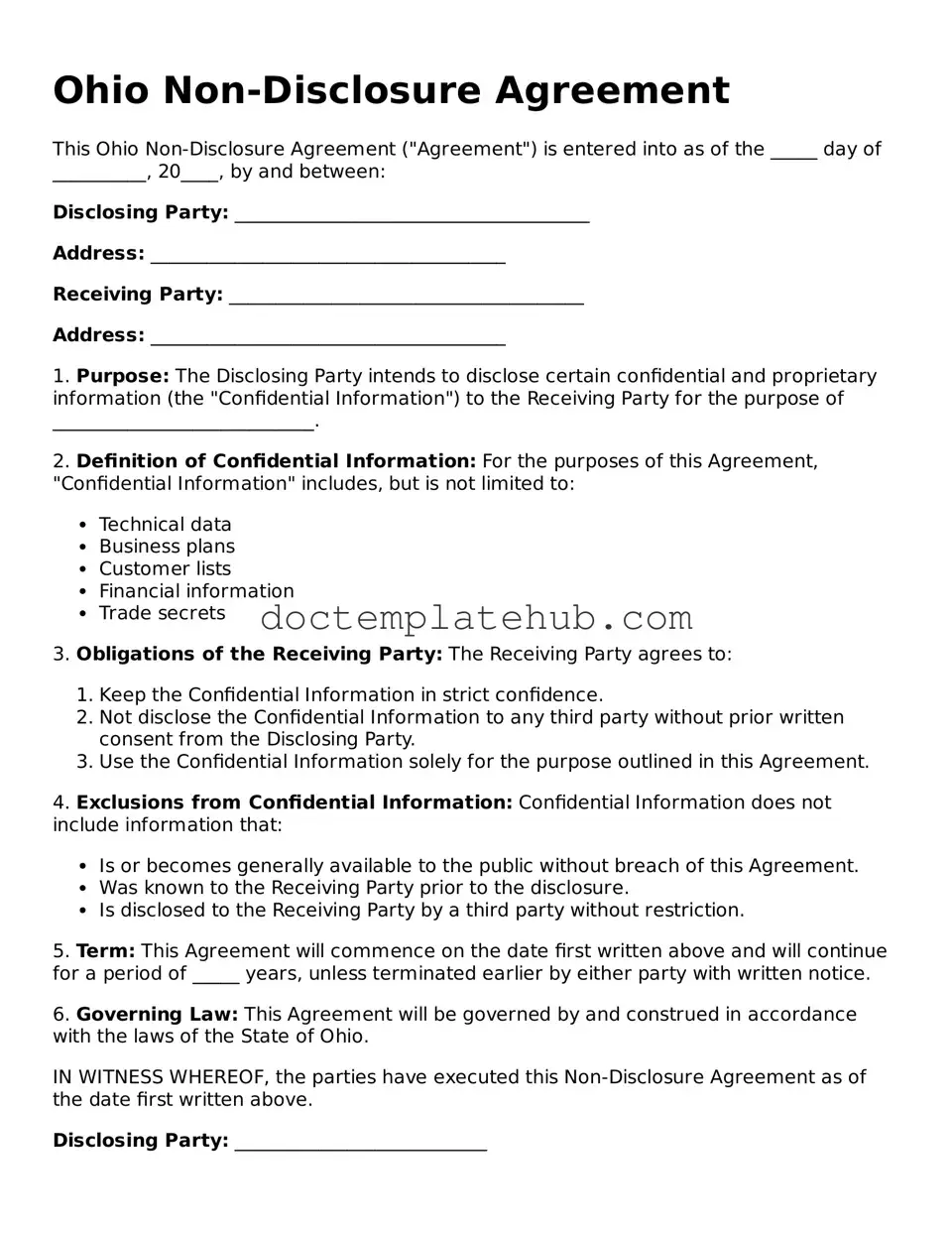A Confidentiality Agreement is similar to a Non-disclosure Agreement (NDA) in that both documents aim to protect sensitive information from being disclosed to unauthorized parties. Typically, a Confidentiality Agreement is used in business settings where trade secrets, proprietary information, or sensitive client data may be shared. Like an NDA, it outlines the obligations of the parties involved, specifying what information must remain confidential and the duration of that confidentiality. Both documents serve to create a legal framework that fosters trust between parties while allowing for necessary information sharing.
A Mutual Non-disclosure Agreement (MNDA) shares many similarities with a standard NDA but is distinct in that it involves a two-way exchange of information. In an MNDA, both parties agree to keep each other's sensitive information confidential. This type of agreement is particularly useful in joint ventures or partnerships where both sides need to share proprietary information to collaborate effectively. The terms regarding what constitutes confidential information and the obligations of each party are clearly defined, ensuring that both parties are equally protected.
An Employment Non-disclosure Agreement is closely related to an NDA, often utilized in the context of employment relationships. This document is designed to protect an employer's confidential information from being disclosed by employees. Typically, it outlines the types of information considered confidential, the obligations of the employee to protect that information, and the consequences of breaching the agreement. By signing this document, employees acknowledge their responsibility to safeguard sensitive information that they may encounter during their employment.
A Non-circumvention Agreement serves a similar purpose to an NDA but focuses on preventing one party from bypassing the other to engage directly with a third party. This type of agreement is often used in business transactions where one party introduces another to potential clients, suppliers, or investors. By signing a Non-circumvention Agreement, the parties agree not to exploit the relationship without the other's consent, thereby protecting each party's interests and fostering trust in business dealings.
A Proprietary Information Agreement is akin to an NDA but emphasizes the protection of proprietary information specifically. This document is commonly used in industries where intellectual property and trade secrets are paramount. It outlines what constitutes proprietary information and the obligations of the receiving party to protect that information from unauthorized disclosure. By defining the boundaries of proprietary information, this agreement helps to safeguard a company's competitive advantage in the marketplace.
A Service Agreement may also bear similarities to an NDA, particularly in situations where sensitive information is shared during the provision of services. This document outlines the terms of service between two parties, including confidentiality provisions that protect any sensitive information exchanged. While the primary focus of a Service Agreement is on the services rendered, the inclusion of confidentiality clauses ensures that both parties are aware of their obligations to protect any shared sensitive information.
A Licensing Agreement, while primarily focused on the rights to use intellectual property, often includes confidentiality provisions similar to those found in an NDA. This document allows one party to use another's intellectual property under specific conditions while ensuring that any sensitive information shared during the licensing process remains confidential. By incorporating confidentiality clauses, both parties can engage in the licensing process with the assurance that their proprietary information will be protected, fostering a more secure business relationship.
